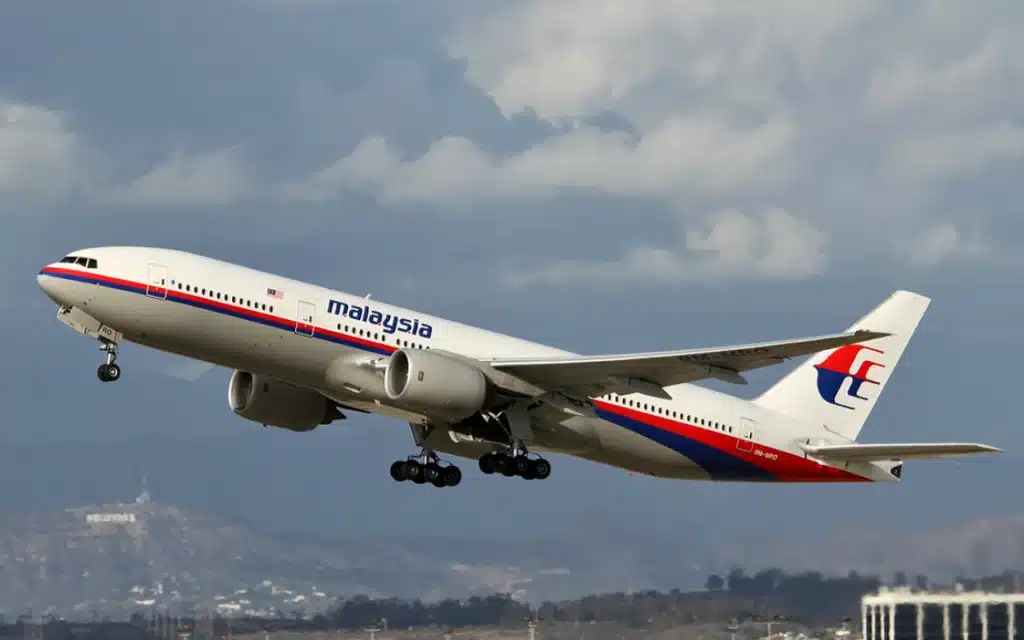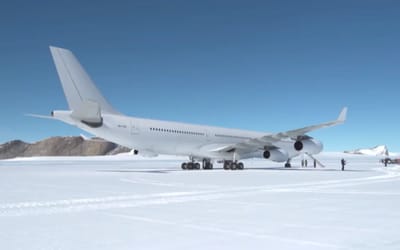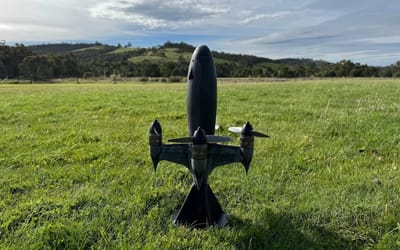The little-known reason airplanes ‘disappear’ from radar while flying over the ocean
Published on Aug 28, 2025 at 10:01 AM (UTC+4)
by Jason Fan
Last updated on Aug 28, 2025 at 8:54 PM (UTC+4)
Edited by
Kate Bain
If you’ve ever tracked a flight and suddenly noticed it disappear from radar, it can be unnerving.
For passengers, the thought of disappearing without a trace conjures images of worst-case scenarios.
But in reality, there’s actually a really good explanation for why this happens.
The reason has to do with the way radar works and the shape of the Earth itself.
SBX CARS – View live supercar auctions powered by Supercar Blondie
Radar technology has a crucial weakness
Radar has been around since 1935 when Robert Watson-Watt and Arnold Wilkins conducted the first successful experiments.
Since then, the technology has been used for everything from weather forecasts and speed cameras to navigation and, most importantly, air traffic control.

Of course, airport radars may also be accidentally alerting aliens who are 200 light-years away, but that’s another topic altogether.
By bouncing radio waves off an aircraft, radar provides controllers with a picture of where planes are in the sky and helps prevent collisions.
So why do airplanes sometimes disappear from radar?
The answer lies in the technology’s biggest limitation: it needs a direct line of sight to the object it’s tracking.
Because Earth is curved (sorry, Flat Earthers), once a plane flies beyond the horizon, ground-based radar stations lose their signal.
This often happens when flights cross the ocean, move hundreds of miles from the coast, or fly through mountainous regions where terrain blocks the signal.
Airplanes can usually be tracked using transponders
Even when coverage is lost, airplanes can still be monitored thanks to transponders.
These onboard devices continuously transmit data such as position, altitude, and speed to satellites and ground stations, ensuring controllers know where the aircraft is at all times.
Problems only arise if both radar and the transponder stop working.
While this situation is rare, it does happen, and the most infamous case is Malaysia Airlines Flight MH370, which went missing in 2014.
The Boeing 777 carrying 239 people disappeared from radar screens and simultaneously stopped sending transponder data while en route from Kuala Lumpur to Beijing.

Despite years of extensive searches, only fragments of debris have been recovered, and the full circumstances of the tragedy remain unsolved.
Sadly, more recent examples also exist.
Just last month, an Antonov An-24 carrying 48 passengers in Russia vanished from radar and was later discovered to have crashed near its destination, with no survivors.
So next time you see a plane disappear from radar mid-flight, don’t panic.
In most cases, it’s just technology reaching the limits of its line of sight, although aviation history has shown that those blank screens may occasionally tell a much darker story.
DISCOVER SBX CARS: The global premium car auction platform powered by Supercar Blondie
Jason Fan is an experienced content creator who graduated from Nanyang Technological University in Singapore with a degree in communications. He then relocated to Australia during a millennial mid-life crisis. A fan of luxury travel and high-performance machines, he politely thanks chatbots just in case the AI apocalypse ever arrives. Jason covers a wide variety of topics, with a special focus on technology, planes and luxury.




